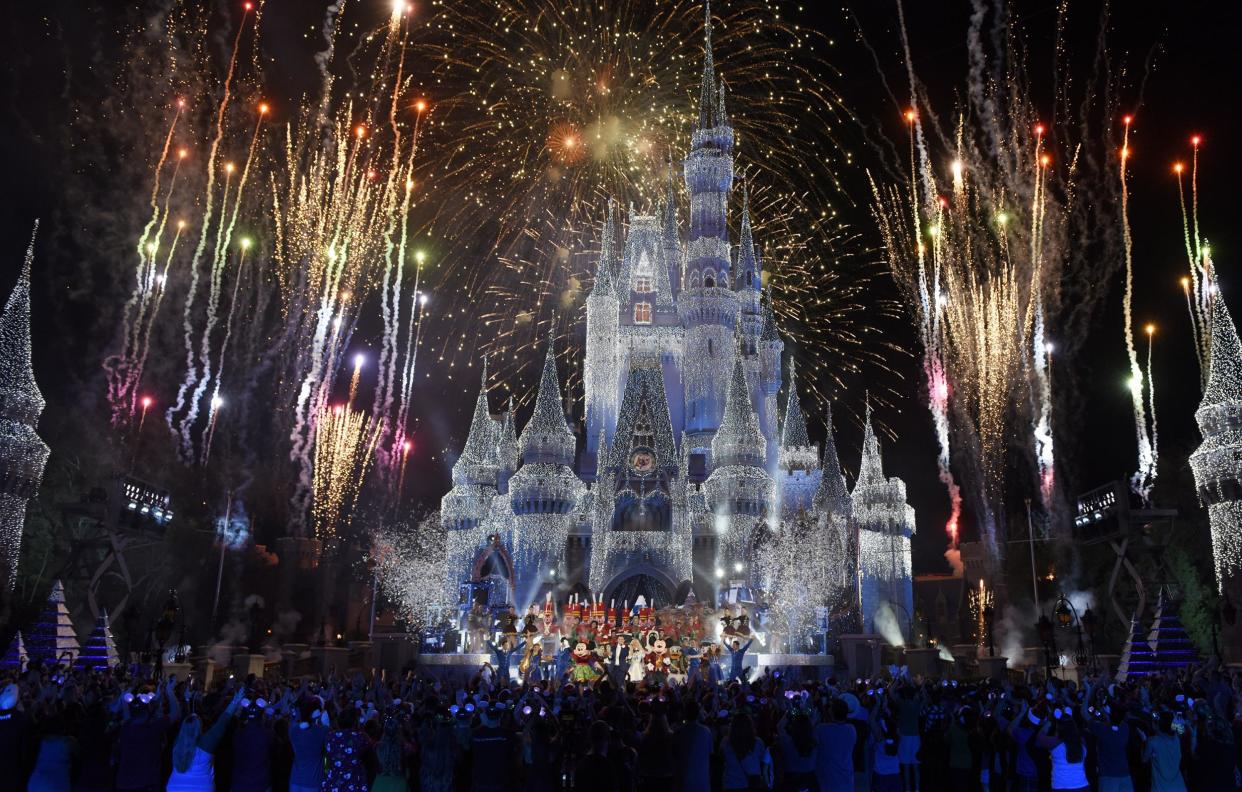Why you won't find mosquitoes or midges at Disney World Florida

Disney World in Florida has gone to extensive lengths to ensure mosquitos don’t kill the buzz for its 20 million plus annual visitors.
With a hefty 29 per cent of the state covered in swamp, the family fun park has made safety a priority to ensure the abundance of mosquitos in the surrounding area pose as little risk to visitors as possible.
More than just a pest, the insects can carry diseases such as Zika, the West Nile Virus and encephalitis.
In an effort to minimise this risk, The Most Magical Place on Earth has adapted a method that includes insecticide, growth regulators that reduce the insects' lifespan and the introduction of wildlife on site that eat the bugs as part of their diet.
Not one to do things by halves, Disney World has a dedicated Mosquito Surveillance Programme. Rather than simply spritzing chemicals at random, the park has devised methods which identify where and when the best places to spray are.
More than 60 traps that attract the mosquitos are located around the site; once full, Disney World freezes and analyses the bugs to establish the best way of keeping them at bay.
A more unorthodox approach to insect reduction is the planting of sentinel chickens at designated points around the park. The poultry are monitored regularly to see if they have been infected with any mosquito-borne viruses that may pose a risk to humans.
Fortunately, the birds are immune to the West Nile virus, for example, making them an ideal warning system for staff, who can easily identify the location of the problem insects and work to eradicate them.
Rob Plays, who has nearly 82,000 Youtube subscribers and posts two videos per week celebrating “the history and magic of the Disney theme parks”, uploaded a video in which he goes into detail about the park’s mosquito eradication efforts.


